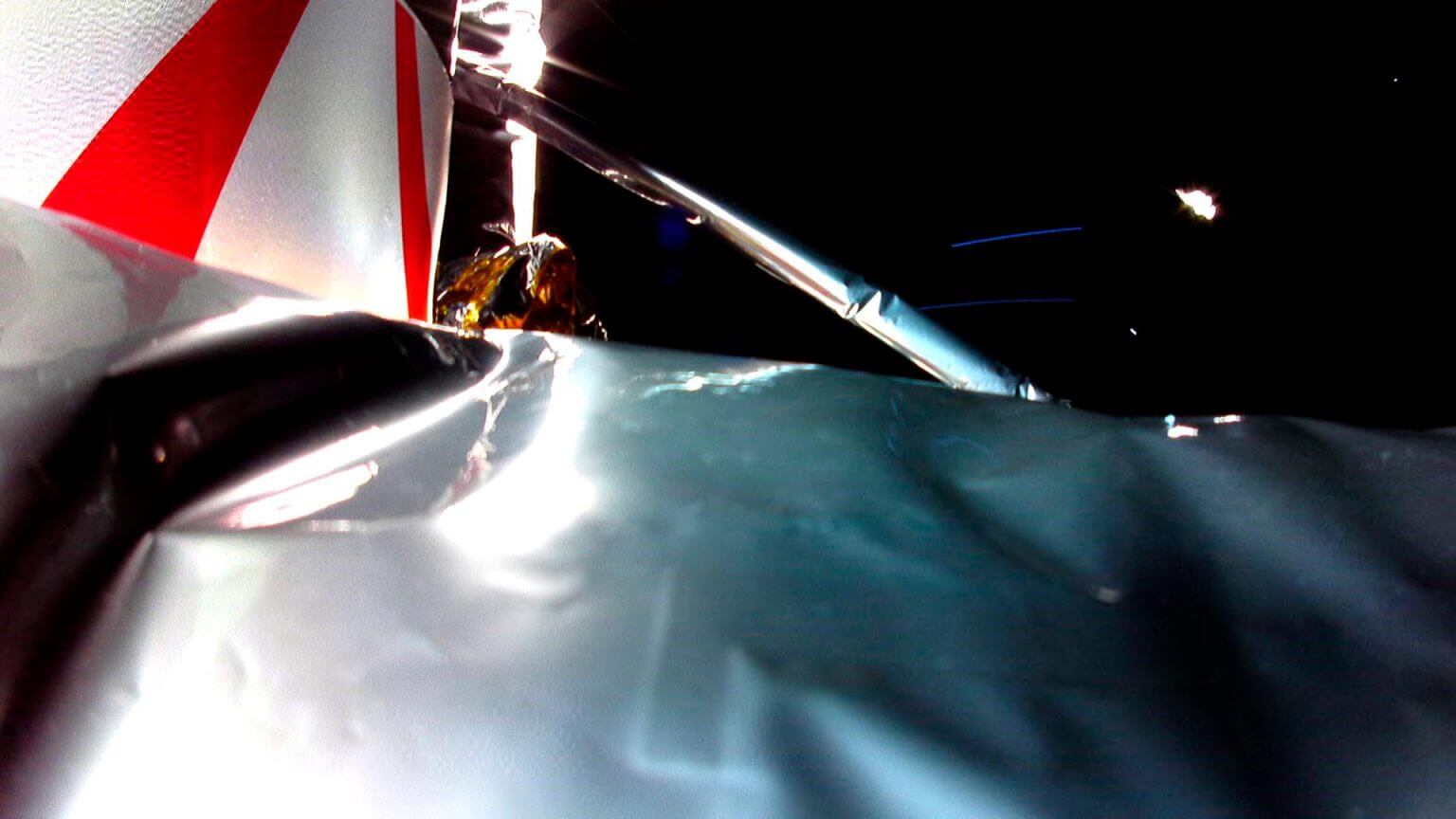The spacecraft failed to reach lunar orbit due to a fuel leak that was discovered immediately upon its ejection from the upper stage of the launcher. Now NASA is helping Astrobotics to investigate the malfunction

According to Astrobotics, the Peregrine lander is scheduled to reenter Earth's atmosphere and will likely burn up on Thursday, January 18. The image was prepared using artificial intelligence software and should not be considered a scientific image
Despite a successful launch, the lunar lander Peregrine ran into a problem, which prevented him from landing on the moon. It is planned to return to Earth's atmosphere and burn up. NASA continues to support Astrobotics in analyzing the problem and planning future missions, emphasizing the lessons learned from this experience.
Dr. Nicola Fox, Science Mission Administration at NASA Headquarters in Washington: "As part of NASA's CLPS (Commercial Lunar Payload Services) initiative, Astrobotics' Peregrine became the first American commercial lunar lander to be launched on a mission to the Moon. Under Operation Artemis, NASA is supporting space exploration by developing the lunar economy, encouraging a new commercial robotic transport service for NASA science and technology to the Moon, ahead of future crewed missions.
The private robotic spacecraft, designed and developed by Astrobotics, uses innovative technology, some of which has never flown in space. Shortly after the successful launch and separation from the rocket on January 8, the spacecraft encountered a motion problem that ultimately prevented it from landing gently on the moon. Astrobotics said that on its current trajectory, Peregrine will re-enter Earth's atmosphere on Thursday, January 18, and will likely burn up. Astrobotics worked with NASA's assistance to evaluate the most appropriate course of action, which is the best way to safely and responsibly end the first Peregrine mission.
"Although it is not yet possible to understand the cause of the problem in the propulsion system, NASA continues to support Astrobotics and will assist in reviewing the flight data, identifying the cause and developing a plan for the company's continued activity in the CLPS initiative and commercial flights. Space is an unforgiving environment, and we commend Astrobotics for its persistence and every possible effort to collect data and demonstrate the peregrine's capabilities during flight. Together, we will use the lessons learned to advance the CLPS initiative.”
More of the topic in Hayadan:
- The Peregrine lunar lander will no longer reach its destination due to a malfunction
- NASA photographed the crash site of the Genesis spacecraft
- 50 years since man landed on the moon, let's get things sorted
- The Peregrine lunar lander was launched - the first private lander and also the first American landing since Apollo
- The moon will have to wait another year

One response
So it burned? or not?
Already January 21..